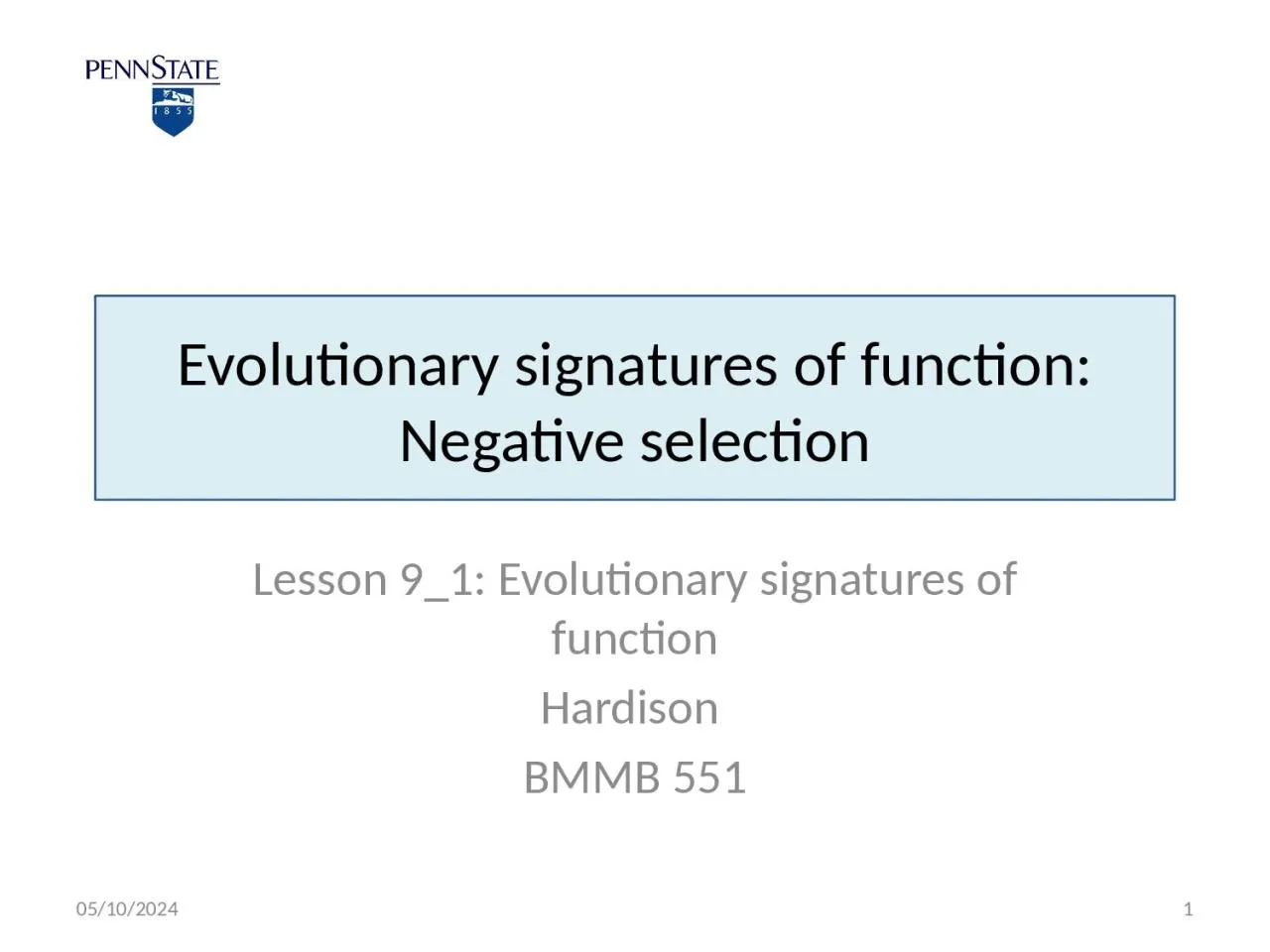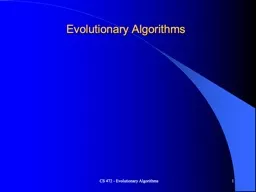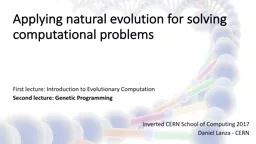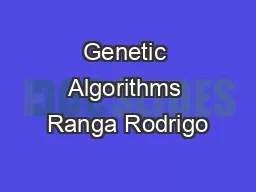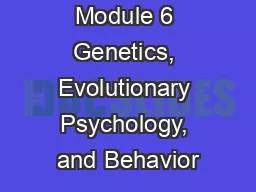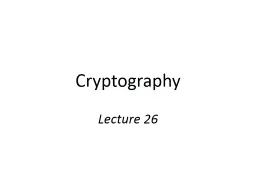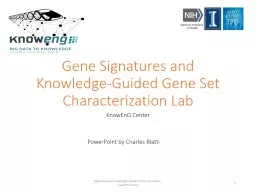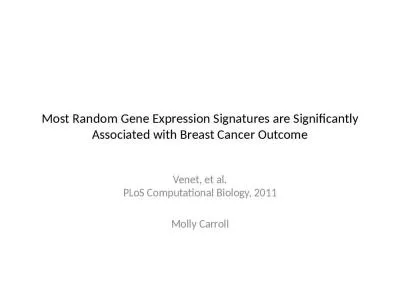PPT-Evolutionary signatures of function: Negative selection
Author : ceila | Published Date : 2022-06-07
Lesson 91 Evolutionary signatures of function Hardison BMMB 551 32915 1 Changes in genome sequence 32915 2 Types of sequence change in DNA CRM cis regulatory
Presentation Embed Code
Download Presentation
Download Presentation The PPT/PDF document "Evolutionary signatures of function: Neg..." is the property of its rightful owner. Permission is granted to download and print the materials on this website for personal, non-commercial use only, and to display it on your personal computer provided you do not modify the materials and that you retain all copyright notices contained in the materials. By downloading content from our website, you accept the terms of this agreement.
Evolutionary signatures of function: Negative selection: Transcript
Download Rules Of Document
"Evolutionary signatures of function: Negative selection"The content belongs to its owner. You may download and print it for personal use, without modification, and keep all copyright notices. By downloading, you agree to these terms.
Related Documents

